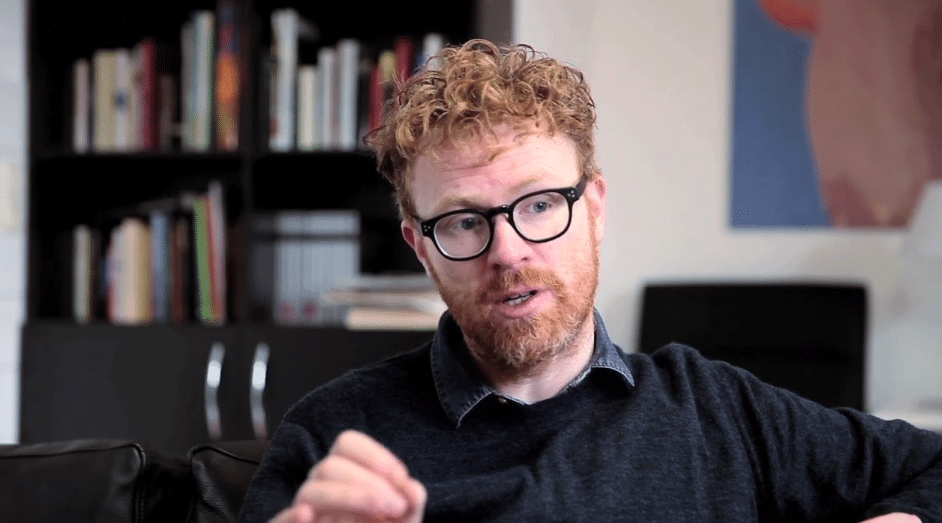Episode #12: Bernard Dionysius Geoghegan on the History of Radar
Podcast: Play in new window | Download
Subscribe: Apple Podcasts | RSS
Radar was a pivotal military development of the Second World War. Until now, the normal place to read about radar would be in the pages of a history of the war or of the history of engineering.
But media theorist Bernard Dionysius Geoghegan suggests here that a different kind of history of radar can be written using the tools of media archaeology.
According to Geoghegan, media archaeology allows us to uncover traces of deep structural shifts in the history of humans and their technologies. So it becomes possible, for example, to assert that contemporary social networking apps are the great-granchildren of 1950s radar screens.
This conversation describes what media archaeology is and how it fits into a broader context of media theory, in particular the German tradition of Medienwissenschaft. This wide-ranging interview guides listeners through the range of philosophical traditions that contribute to media archaeology, and suggests some strengths and weaknesses of the approach for the writing of history, of sociology, and of politics.
Geoghegan uses the example of the history of radar to show how media theory tackles questions of the relationship between environment and screen, and between technology and user. He suggests that radar is one instance of a long tradition of ‘screenscapes’, a term that describes a meshing of screen with physical environment that captures our highly mediated contact with the physical world.
Bernard Dionysius Geoghegan is Senior Lecturer in the History and Theory of Digital Media at King’s College London, and he curates for the Technosphere Project at the Haus der Kulturen der Welt in Berlin. He also produced the podcast series Cultural Technologies, which can be found at bernardg.com/podcast. Bernard’s article that is mentioned at the end of the interview, ‘The Family as Machine’, appeared in Grey Room in 2017.
Our interviewer, Cormac Deane, also writes in the field of media archaeology, and is currently writing a history of the control room. This short youtube video illustrates some of the contents of that book.


